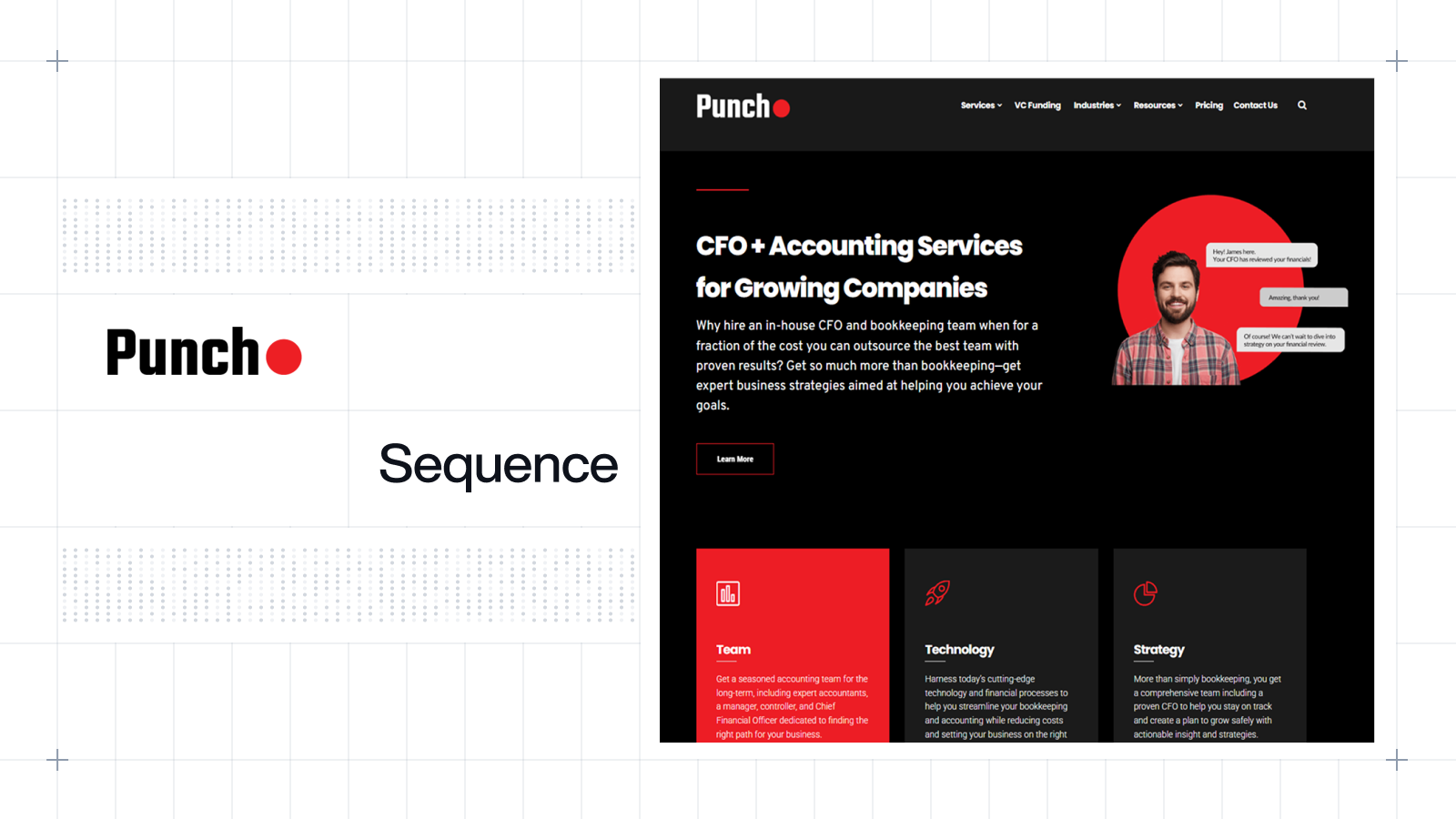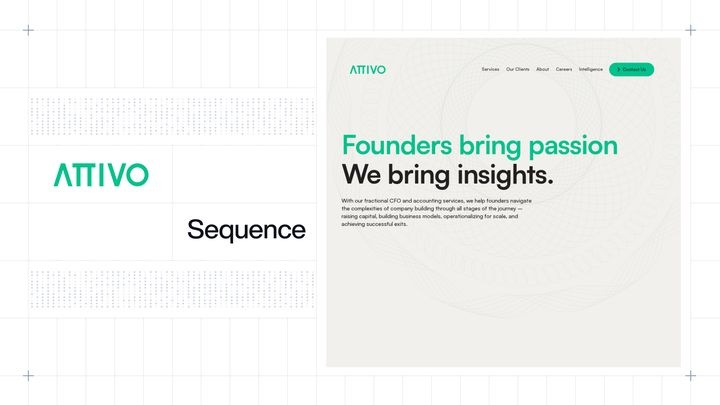Riya Grover
Merlin Kafka
The new rules of B2B pricing: insights from 20 pricing workshops with Kyle Poyar
We just wrapped up 20 pricing workshops with Kyle Poyar, bringing together leaders from companies like Klaviyo, Twilio, Mercury, and dozens of other B2B software companies. The conversations revealed something striking: every company is wrestling with the same fundamental question.

We just wrapped up 20 pricing workshops with Kyle Poyar, bringing together leaders from companies like Klaviyo, Twilio, Mercury, and dozens of other B2B software companies. The conversations revealed something striking: every company is wrestling with the same fundamental question.
How do you price software that's becoming increasingly intelligent, modular, and outcome-driven?
The old playbook of good, better, best tiers with per-seat pricing is breaking down. Companies are experimenting with hybrid models, AI-driven pricing, and outcome-based structures. But the transition is messy, and the stakes are high.
Here's what we learned from finance leaders, product managers, and CEOs about where B2B pricing is headed.
The great pricing unbundling
The most consistent theme across workshops was modularization. Companies that built comprehensive platforms are now questioning whether customers want to pay for everything at once.
As one participant put it: "I've noticed a shift where the all-in-one platform play is becoming less favorable. Customers want to pay only for what they need or prefer best-in-class point solutions."
This creates a pricing dilemma. Do you:
- Bundle to maximize revenue per customer and simplify sales?
- Unbundle to reduce friction and compete on individual features?
The answer depends on your customer maturity and competitive position. Early-stage companies often benefit from bundling to increase deal sizes. But as markets mature, customers become more sophisticated buyers who want granular control over their spending.
AI credits: the new pricing battleground
The most heated debates in our workshops centered on AI credit models. Nearly every company is either implementing or considering this approach, but the strategic choices feel overwhelming.
The fundamental tension: Do you optimize for adoption or monetization?
The adoption-first camp argues:
- AI features need room to breathe and demonstrate value
- Generous credit allowances encourage experimentation
- Customer anxiety about unpredictable costs kills adoption
- Token costs are commoditizing rapidly, so focus on volume
The monetization-first camp counters:
- AI budgets exist and companies will pay for proven value
- Usage-based pricing aligns costs with value delivery
- Credit scarcity creates urgency and intentional usage
- Fair use policies are hard to enforce and create customer friction
What we learned: The most successful AI credit implementations balance both priorities through tiered commitment models. Customers get generous credits within their subscription tier, with clear overage pricing for scale usage.
One process intelligence company shared their approach: "We include a limited number of AI outputs in our base subscription. To access full AI capabilities, customers can opt for a 30% uplift that grants much higher limits under a fair use policy."
The gotchas companies are hitting:
Credit complexity creep: Companies start with simple "AI credits" but quickly realize different AI operations have vastly different costs. A chatbot response vs. a document analysis vs. an automated workflow. Should these all cost the same credit?
The conversion trap: Some companies create conversion systems where different AI actions consume different credit amounts. This optimizes for cost management but destroys pricing simplicity.
Predictability anxiety: Customers consistently ask: "Will my credits be enough?" without clear usage patterns to reference. The uncertainty paradox is that customers want predictable AI costs for unpredictable AI value.
What's working:
Portfolio approach: Bundle high-frequency, low-value AI features into subscriptions. Charge credits for high-value, variable-frequency capabilities.
Transparent cost modeling: Show customers exactly how credits map to AI operations, even if the underlying cost structure is complex.
Graduated commitment tiers: Let customers buy larger credit packages at better rates, similar to AWS reserved instances.
The timing dilemma: when to change your pricing model
The second most common question across workshops was deceptively simple: When is it time to change our pricing model?
Companies are sitting on usage data that could support outcome-based pricing, watching competitors experiment with AI credits, or seeing customer behavior that doesn't match their current pricing structure. But pricing changes are risky, disruptive, and expensive.
The signals that indicate it's time to evolve:
Customer behavior divergence: When how customers actually use your product no longer matches how you charge for it. One company noticed their highest-value customers were also their lowest-revenue customers under their seat-based model.
Competitive pressure: When prospects consistently choose competitors with pricing models that better match their purchase preferences.
Internal friction: When your sales team spends more time explaining pricing than selling value, or when customer success is drowning in billing questions.
Cost structure misalignment: When your unit economics break down because pricing doesn't reflect actual cost drivers.
Making the internal case for pricing changes:
The workshop participants who successfully drove pricing transformations shared similar approaches:
Start with customer research: Survey existing customers about their current pain points and willingness to pay under different models. One participant said: "We realized customers were 'saving' their volume for when they really needed it, which signaled our pricing was creating usage anxiety."
Run parallel experiments: Test new pricing models with new customer segments or new products before changing existing customers.
Model the downside: Quantify revenue risk from the change and create mitigation strategies. Most pricing changes have a temporary negative impact before driving growth.
Get executive alignment on timeline: Pricing changes typically take 6-12 months to show clear results. Make sure leadership understands this isn't a quick fix.
The frequency question:
How often should you iterate on pricing? The workshop discussions revealed a pattern:
- Annual strategic reviews: Major pricing model changes
- Quarterly tactical adjustments: Price points, package boundaries, promotional strategies
- Monthly optimization: A/B testing, segment-specific offers, competitive responses
But the companies making frequent changes are also investing heavily in pricing infrastructure. You can't experiment rapidly without systems that support it.
The telemetry challenge
Here's something that surprised us: data collection is becoming the biggest bottleneck for modern pricing models.
Usage-based and outcome-based pricing only work if you can measure usage and outcomes accurately. But many companies, especially in self-hosted or enterprise environments, struggle with this.
One workshop participant from a self-hosted software company explained: "Some customers send no data; others only agree to manual reporting. How do you balance the business need for usage data with customer sensitivities?"
The most successful companies are solving this through:
- Contractual requirements for telemetry as part of usage-based pricing
- Feature gating based on data sharing agreements
- Manual upload options for sensitive environments
- Proxy metrics that correlate with usage but don't require granular tracking
The complexity tax
Every pricing conversation eventually hits the same wall: complexity.
One workshop participant from Twilio highlighted this perfectly: "We have >10k products with usage pricing. It becomes challenging for sales to sell and negotiate on each product and for customers to monitor their usage."
The complexity tax shows up in multiple ways:
- Sales cycles slow down as deals require more explanation
- Customer success teams spend more time on billing questions
- Finance teams struggle with revenue forecasting
- Customers delay adoption due to unpredictable costs
The companies finding success are those that can hide complexity behind simplicity. They might have sophisticated pricing logic under the hood, but they present it to customers as simple, predictable packages.
International pricing remains unsolved
Despite globalization, most B2B software companies still struggle with international pricing. The workshop responses revealed two main approaches:
- Currency localization: Same prices, different currencies
- Market-based pricing: Different prices for different markets
Neither approach feels fully satisfying. Currency localization ignores purchasing power differences. Market-based pricing creates operational complexity and potential arbitrage issues.
The companies getting this right are those that segment by customer value rather than geography. A startup in San Francisco and a startup in Berlin might have similar willingness to pay, even if their local markets differ significantly.
What's working in 2025
Looking across all workshop discussions, several pricing strategies are clearly winning:
Hybrid models with clear value props
Companies are combining subscription bases with usage components, but they're being explicit about why. The subscription covers platform access and predictable features. Usage pricing applies to variable-cost or high-value activities.
Simplified complexity
Instead of exposing all pricing variables to customers, winning companies are creating simple packages that hide sophisticated logic. Think "AI-enabled" tiers instead of per-token pricing.
Outcome-adjacent pricing
Pure outcome-based pricing is still rare, but outcome-adjacent models are growing. Companies are charging for outputs (reports generated, tickets resolved) rather than inputs (API calls, storage).
Flexible commitment models
Annual contracts with monthly true-ups, credit-based systems, and commit-and-overage models are replacing rigid annual subscriptions.
The road ahead
B2B pricing is in the middle of its biggest transformation in decades. AI, changing buyer preferences, and new competitive dynamics are forcing every company to rethink their approach.
The companies that will win are those that can balance three priorities:
- Revenue optimization: Capturing value as customer needs evolve
- Customer predictability: Providing cost transparency in an uncertain world
- Operational simplicity: Keeping pricing manageable for sales, finance, and customer success teams
The transition won't be smooth. Companies will over-rotate on complexity, under-price new capabilities, and struggle with international expansion. But the companies that get it right will have a significant competitive advantage.
The old rules of B2B pricing are dead. The new rules are still being written.
Riya Grover
Merlin Kafka
Related articles

The Fractional Finance Playbook: Lessons from 20+ Years of Scaling Startups
Frank Mastronuzzi has guided hundreds of fast-growing companies through their most critical financial decisions at Punch. His firm focuses exclusively on helping AI and SaaS companies navigate from zero to $100M ARR, with deep expertise in the specific challenges that emerge at each growth stage.
Enda Cahill

24 Years at Armanino: Building Scalable Finance Teams
Dean Quiambao has watched Armanino grow from 80 people to 3,000 employees during his 24 years at the firm. During this time, he has guided 100s of venture-backed companies through their most critical growth stages. Here are his highlight takeaways.
Enda Cahill

When to bring in financial expertise: lessons from Attivo Partners
We recently sat down with Rebecca Lee, Co-Founder at Attivo Partners. With 20 years in the field, Rebecca gave a masterclass on how growing companies should think about scaling their finance team and tooling.
Enda Cahill